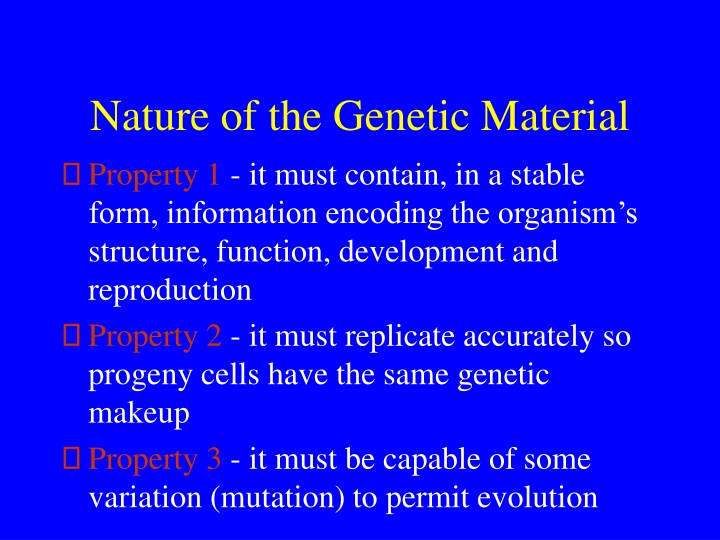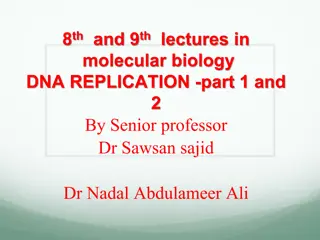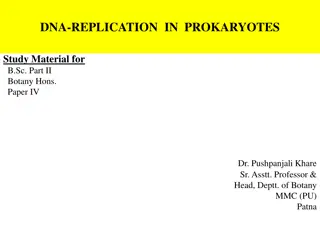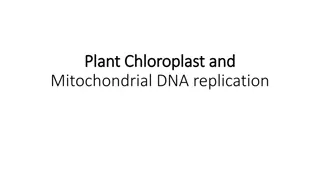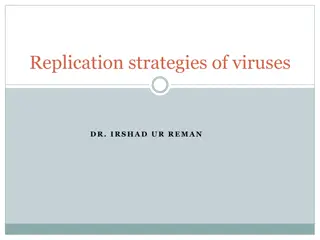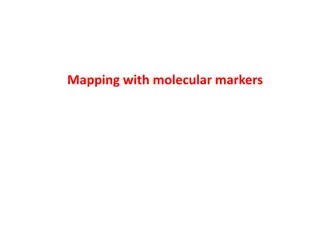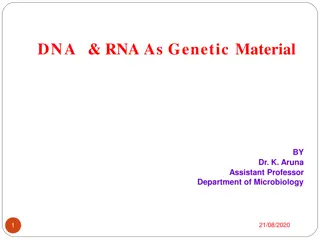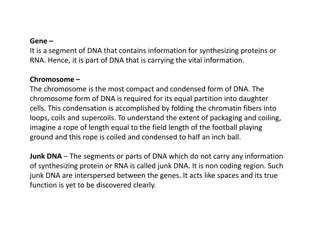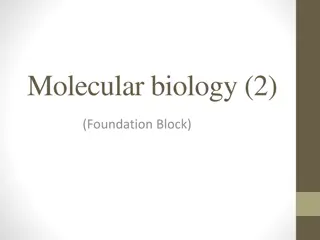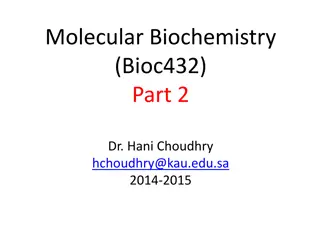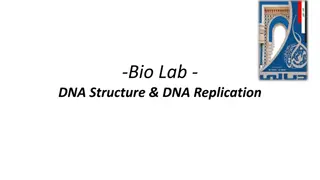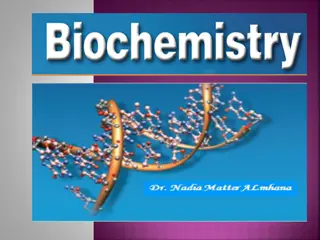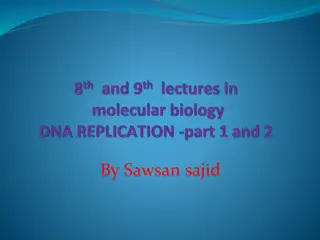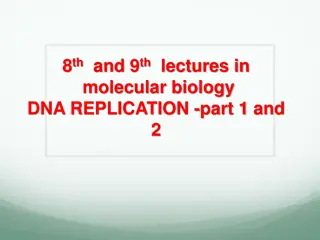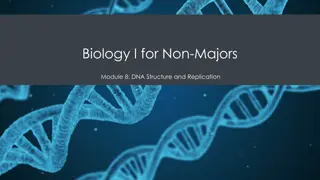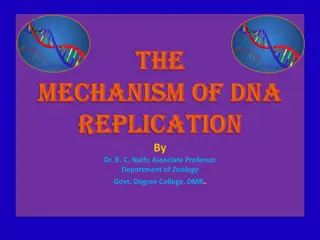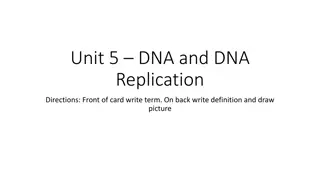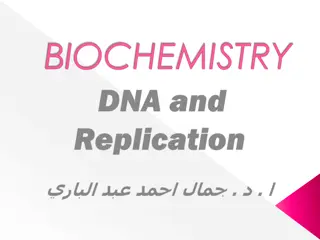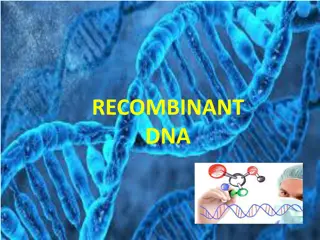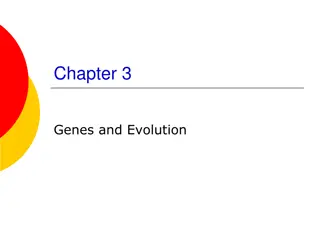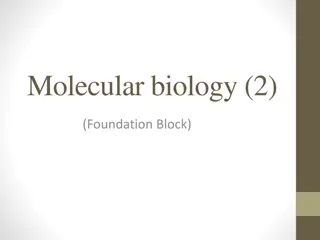Nature of Genetic Material & DNA Replication Insights
Properties of genetic material, historical discoveries, DNA replication mechanisms, & origins in E. coli and eukaryotes. Key insights from Meselson and Stahl's experiment, Taylor's chromosome replication study, and bi-directional replication in E. coli and eukaryotes.
Download Presentation

Please find below an Image/Link to download the presentation.
The content on the website is provided AS IS for your information and personal use only. It may not be sold, licensed, or shared on other websites without obtaining consent from the author.If you encounter any issues during the download, it is possible that the publisher has removed the file from their server.
You are allowed to download the files provided on this website for personal or commercial use, subject to the condition that they are used lawfully. All files are the property of their respective owners.
The content on the website is provided AS IS for your information and personal use only. It may not be sold, licensed, or shared on other websites without obtaining consent from the author.
E N D
Presentation Transcript
Nature of the Genetic Material Property 1 - it must contain, in a stable form, information encoding the organism s structure, function, development and reproduction Property 2 - it must replicate accurately so progeny cells have the same genetic makeup Property 3 - it must be capable of some variation (mutation) to permit evolution
Historical Perspective 1928 - Griffith discovered a transforming principle in heat killed bacteria (Property 1) 1944 -Avery demonstrated that the transforming principle is sensitive to DNase 1952 - Hershey & Chase used 32P and 35S labelling, of bacteriophage T2 DNA and protein respectively, to show only the DNA enters the host cell and can be passed to progeny phage (consistent with Property 2)
Replication of DNA and Chromosomes Speed of DNA replication: 3,000 nucleotides/min in human 30,000 nucleotides/min in E.coli Accuracy of DNA replication: Very precise (1 error/1,000,000,000 nt)
Taylor and co-workers (1957) after one further replication in unlabelled media 3H-labelled chromosomes
Multiple Origins in Eukaryotes Eukaryotes replicate their DNA only in S-phase Eukaryotes have larger chromosomes Replication speed 2,600 npm. Largest Drosophila chromosome is 6.5 x 107 nucl., but it can replicate in 3-4 min. From a single origin, bidirectional replication would take 8.5 days. ==> The chromosome must have some 7,000 origins of replication.
Origins initiate replication at different times.
Two DNA polymerases are involved in eukaryotic replication DNA polymerase has no primase activity and is thought to be the polymerase that synthesizes the leading strand. DNA polymerase has associated primase activity and is thought to be the polymerase that synthesizes the lagging strand.
DNA Synthesis at the Origin Additional factors: PCNA (proliferating cell nuclear antigen) DNA helicase Replication factor C OTHERS
Replication of Nucleosomes Eukaryotic DNA is packaged with histones in structures called nucleosomes. What happens to the nucleosome when the replication fork and the replication machinery pass by and open up the DNA double strand? Nucleosomes are found properly spaced on both postreplicative DNA strands immediately after passage of replication fork.
The lagging strand of telomeres cannot be replicated by the usual mechanism
Telomere and Telomerase Solution: special telomere sequence: tandem repeats of TTAGGG (human) telomerase, a specific enzyme with integrated RNA template.
This powerpoint was kindly donated to www.worldofteaching.com http://www.worldofteaching.com is home to over a thousand powerpoints submitted by teachers. This is a completely free site and requires no registration. Please visit and I hope it will help in your teaching.
